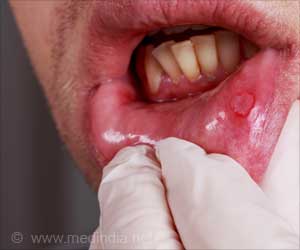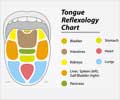How to detect oral cancer quickly? A newly developed hand-held biosensor similar to a glucose strip is used for quick, accurate clinical diagnosis of oral cancer.

‘A portable, low-cost handheld device that could quickly and accurately detect certain forms of cancer could be a game-changer in oral cancer diagnosis.’





In Journal of Vacuum Science & Technology B, researchers from the University of Florida and National Yang-Ming Chiao Tung University in Taiwan report a breakthrough hand-held biosensor that enables quick and accurate detection of oral cancer.Hand-Held Biosensor Enables Rapid and Accurate Detection of Oral Cancer
Oral squamous cell carcinomas are one of the most common lips and oral cavity cancer types. It requires early detection via various medical technologies to improve the survival rate.While most detection techniques for OSCC require histological testing in a lab to confirm the presence of cancer and cancer type, a point-of-care detection technique is preferred for on-site use and a quick result readout. The group's biosensor consists of a sensor strip, similar to a glucose strip, and a circuit board (a hand-held terminal like a glucometer) for detection.
Typically, test fluid is introduced into a small liquid channel on the tip of the sensor strips. A few electrodes sit within the liquid channel, and the surface of these electrodes contains antibodies to specific proteins present within human oral cancer lesions.
Short electrode pulses get sent through these electrodes during detection, and then the circuit board module analyzes this signal and outputs a four-digit number that correlates to its concentration.
As far as applications, there's tremendous interest within the sensor and medical communities to develop semiconductor- and electrochemical-based biomarker detection.
Advertisement
The next step in this continuum is to conduct the analysis using in vivo samples of CIP2A – a biomarker of OSCC – in oral cancer and non-oral cancer patients with biopsy as a gold standard.
Advertisement
Source-Medindia















